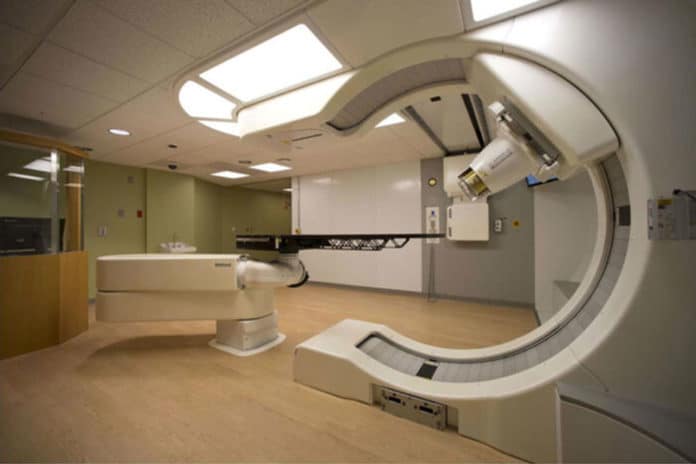Concurrent chemoradiotherapy is the standard-of-care curative treatment for many cancers but is associated with substantial morbidity. A new study suggests, proton therapy with concurrent chemoradiotherapy may significantly reduce severe adverse events compared with photon therapy, with comparable oncologic outcomes.
Cancer patients who receive high-tech proton therapy experience similar cure rates and fewer serious side effects contrasted and the individuals who experience traditional X-ray radiation therapy.
First author Brian C. Baumann, MD, an assistant professor of radiation oncology at Washington University, said, “We observed significantly fewer unplanned hospitalizations in the proton therapy group, which suggests the treatment may be better for patients and, perhaps, less taxing on the health-care system. If proton therapy can reduce hospitalizations, that has a real impact on improving the quality of life for both our patients and their caregivers.”
“While radiation therapy can be curative for certain cancers, it also causes severe side effects — such as difficulty swallowing, nausea, and diarrhea — that reduce the quality of life and can, in some cases, require hospitalization.”
The study included 1483 adult patients with nonmetastatic, locally advanced cancer treated with concurrent chemoradiotherapy. The objective of the study is to show a reduced side-effect profile for proton therapy compared with X-ray radiation therapy for patients receiving combined chemotherapy and radiation.
Scientists did not find any differences between the two groups in survival and cancer control, proposing that proton therapy is similarly as powerful in treating cancer even as it caused fewer side effects.
Overall survival at one year for the proton therapy group was 83 percent versus 81 percent for the X-ray radiation therapy group. This difference tipped slightly in favor of proton therapy was not statistically significant.
The difference in side effects was more pronounced. Forty-five of 391 patients receiving proton therapy experienced a severe side effect in the 90-day time frame (11.5 percent). In the X-ray radiation therapy group, 301 of 1,092 patients experienced a severe side effect in the same period (27.6 percent).
The patients receiving proton therapy experienced fewer side effects even though they were, on average, older, and had more medical problems than those receiving standard X-ray radiation therapy. After taking steps to control for these differences, the scientists found that patients receiving proton therapy experienced a two-thirds reduction in the relative risk of severe side effects within the first 90 days of treatment, compared with patients receiving X-ray radiation therapy.
The Food and Drug Administration endorses both types of radiation therapy for cancer treatment. X-ray beams are comprised of photons, which are electromagnetic particles without mass, enabling them to travel right through the body, passing through healthy tissue in transit out. Protons are generally substantial, positively charged particles that hit their target and stop, basically eliminating the exit portion of radiation.
Baumann said, “Since the study found proton therapy to have fewer adverse events, it could prompt radiation oncologists to design clinical trials to investigate whether increasing the dose of proton radiation would help patients do better, while still maintaining acceptable levels of side effects.”
Baumann said, “Clinical trials often are limited to patients who have serious cancers but are otherwise quite healthy, and that’s not the real-world cancer population. Doctors, rightly, are concerned about toxicity. But with the reduced toxicity that we found with proton therapy, this might open the doors to the possibility of older patients with multiple medical problems getting cancer therapy they can tolerate that is more likely to be curative.”
“With our aging population, this could have a big impact on a lot of patients. To me, that’s an exciting implication of this research.”
